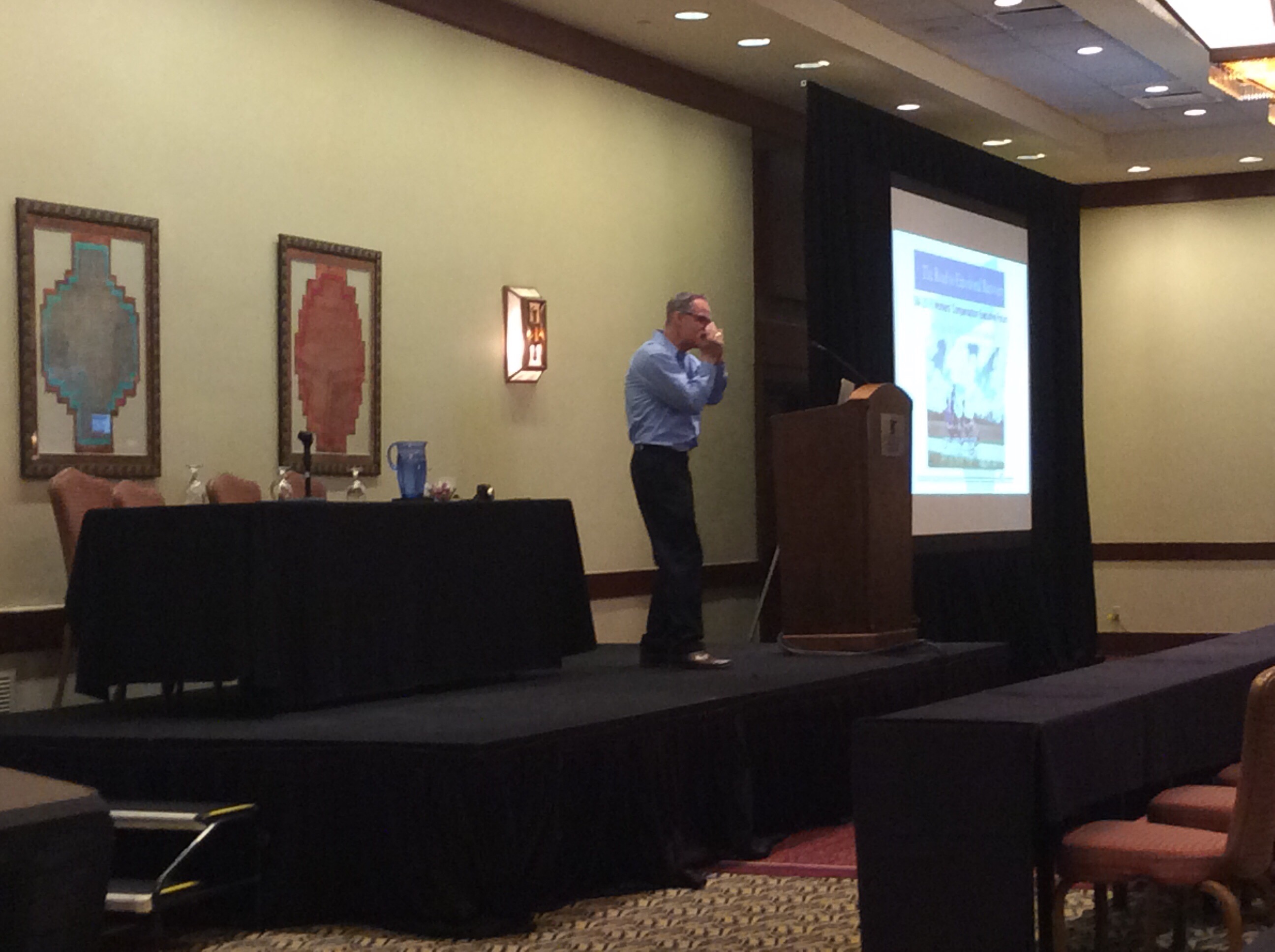Emotional Recovery after Catastrophic Injury
At the 2016 SIIA Workers’ Compensation Executive Forum, Jon Pearson from QLI kicked of the session with some blues harmonica then talked about how the best long-term outcomes on catastrophic claims can be achieved by considering the emotional challenges faced by the injured worker.
Emotional recovery means the injured worker believes they can live a rich and fulfilling life in spite of their pain and physical limitations. If an injured worker does not believe in themselves and focuses on the negatives, then ultimately they will never have the best outcomes. This emotional recovery must be the lead focus of any catastrophic injury rehabilitation program. Emotional recovery is much harder to predict and measure than physical recovery and it has a tendency to ebb and flow with frequent setbacks.
The emotional recovery path involves:
- Establishing a trusting relationship; the injured worker must trust that you are there to help them and help them achieve the best outcomes.
- Vivid picture of life before and after injury; you must understand what the injured workers life was like before the injury and help them get a realistic understanding of things that will need to change.
- What is most important to them; identify tasks they enjoy and strive to find ways for them to participate in these tasks post-injury.
- Pre-existing obstacles; you are treating a person, not an injury.
- Assessment of impact on injury and coping; are they focused on what they cannot do or do they understand they have a new reality and want to make the best of it.
- Vision of life path beyond injury; there needs to be a plan of action for the future. What are the goals?
Although people often complain about it, work is very important as it provides us with goals and a sense of purpose. That is why getting back into the workforce in some manner can make a tremendous impact on the outcome of a catastrophic injury claim. It is important to focus on function and things they can do instead of their physical limitations. Mentally, it is much better for a person to be doing something that contributes to a greater goal than to simply be disabled and dependent on others to take care of them. The majority of a person’s hours awake are spent at work so without that it is a major disruption in their lifestyle.
You must understand the differences between goals and values. For someone with a spinal cord injury, their goal may be to walk again. But if you ask them what is the first thing they would do if they could walk again, that shows you what they value. A key to emotional recovery is showing the patient they can still do many of the activities they value in spite of their physical limitations.
The keys to acceptance includes developing a rational and positive outlook, being mindful and present and also having a sense of humor about your situation rather than just feeling sorry for yourself.
Some of the emotional pitfalls include avoidance, clinging to old goals instead of focusing on values, craving justice, making things seem worse than they are, thoughts of pity, thinking people are judging you, and focusing on the pain.
Acceptance Commitment Therapy means living a meaningful life while accepting the pain that life inevitably brings. Below is an article with more information on this.
https://www.socialworktoday.com/archive/090208p36.shtml



